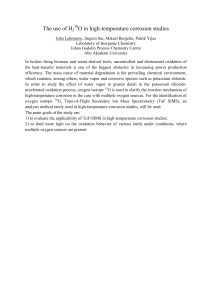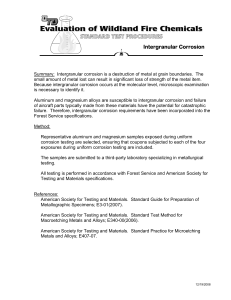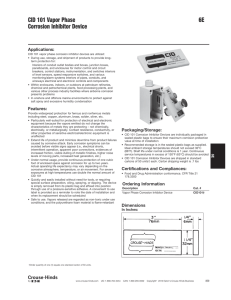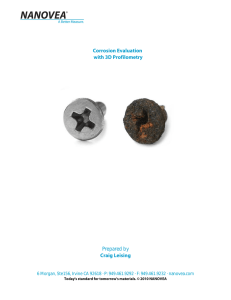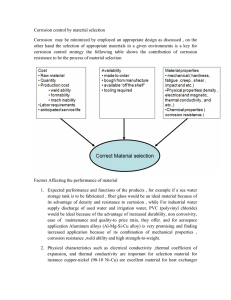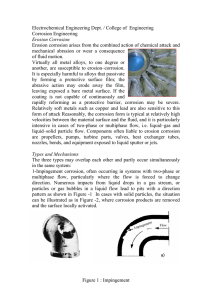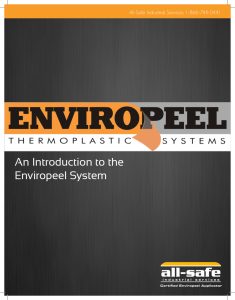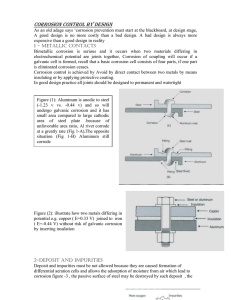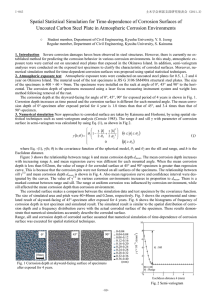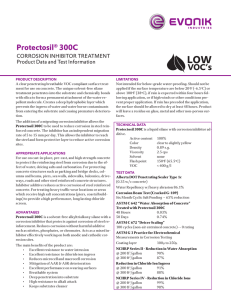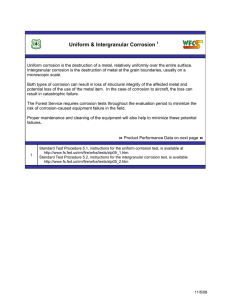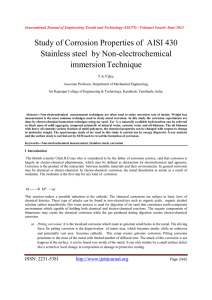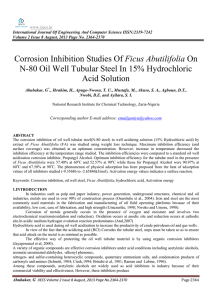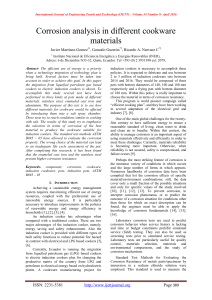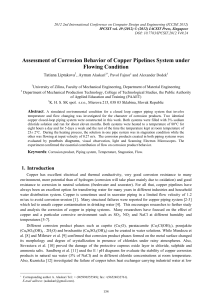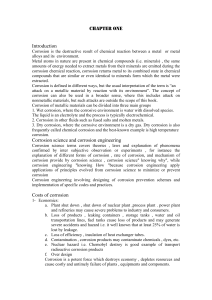Insight into Oilfield Corrosion by Scanning Tunnelling Microscopy and
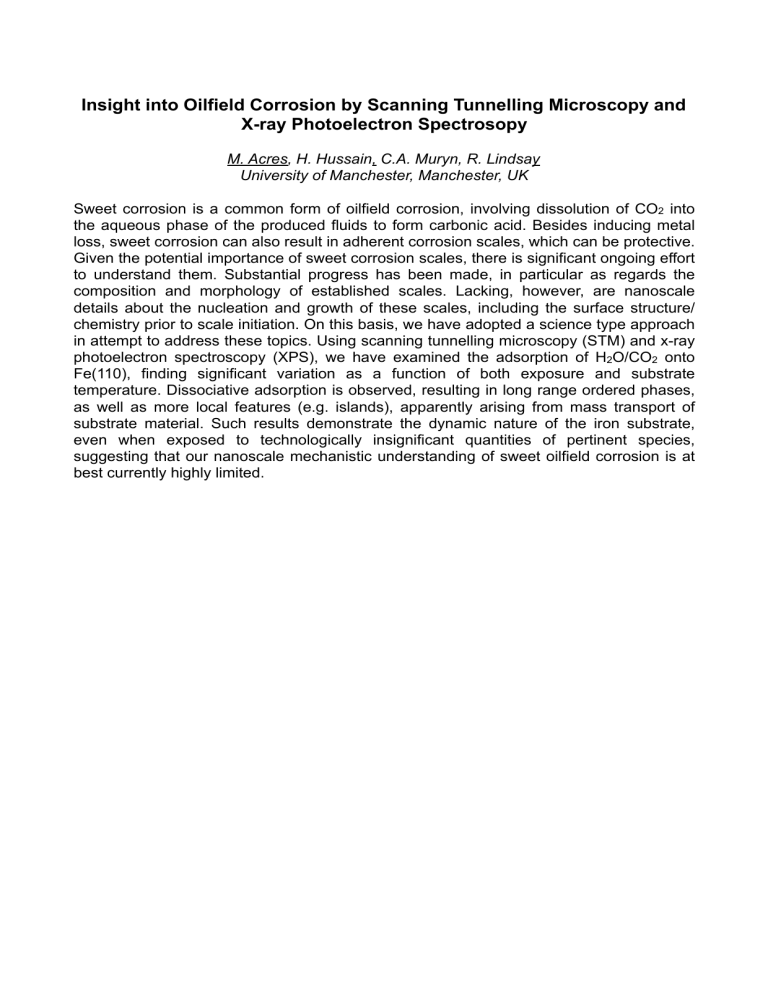
Insight into Oilfield Corrosion by Scanning Tunnelling Microscopy and
X-ray Photoelectron Spectrosopy
M. Acres, H. Hussain, C.A. Muryn, R. Lindsay
University of Manchester, Manchester, UK
Sweet corrosion is a common form of oilfield corrosion, involving dissolution of CO
2
into the aqueous phase of the produced fluids to form carbonic acid. Besides inducing metal loss, sweet corrosion can also result in adherent corrosion scales, which can be protective.
Given the potential importance of sweet corrosion scales, there is significant ongoing effort to understand them. Substantial progress has been made, in particular as regards the composition and morphology of established scales. Lacking, however, are nanoscale details about the nucleation and growth of these scales, including the surface structure/ chemistry prior to scale initiation. On this basis, we have adopted a science type approach in attempt to address these topics. Using scanning tunnelling microscopy (STM) and x-ray photoelectron spectroscopy (XPS), we have examined the adsorption of H
2
O/CO
2
onto
Fe(110), finding significant variation as a function of both exposure and substrate temperature. Dissociative adsorption is observed, resulting in long range ordered phases, as well as more local features (e.g. islands), apparently arising from mass transport of substrate material. Such results demonstrate the dynamic nature of the iron substrate, even when exposed to technologically insignificant quantities of pertinent species, suggesting that our nanoscale mechanistic understanding of sweet oilfield corrosion is at best currently highly limited.






